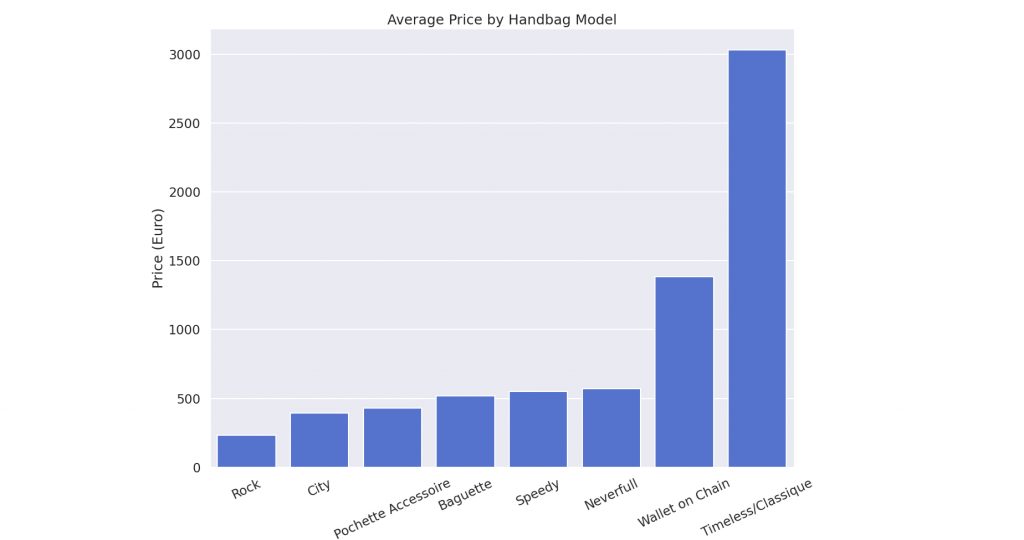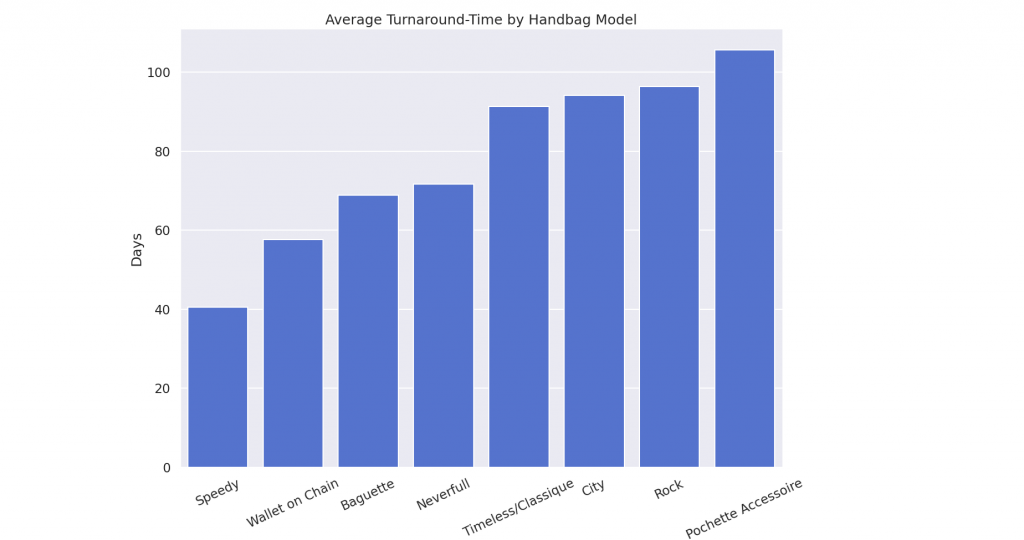The microchip became one of the most important strategic materials in the 21st century. Almost everything we use depends on microchips. From your iPhone, your toaster to fighter jets, and automobiles. Microchips became a part of our daily lives and, therefore, the heart of our modern society. The development of AI, the internet of things, and the self-driving car revolution won’t stop this trend.
From Semiconductors To Microchips
All this technological advancement builds on top of a simple group of materials called semiconductors. When passing through a conductor, electricity faces little resistance, creating a free-flowing current. In an insulator, electrical current cannot travel due to high levels of resistance. Semiconductors sit somewhere between these two extremes, allowing a degree of control over the flow of electricity by providing a change of electric fields. Silicon semiconductors are the industry standard for most transistors. Transistors are devices that regulate current and act as switches for electronic signals. These transistors are crucial to microchip manufacturing, from processors to memory cards.
Semiconductor Industry
The semiconductor industry has professionalized, and today, companies in the field typically specialize in one of the following domains:
Mining: China is with two-thirds of the worldwide production by far the world’s largest producer of silicon and therefore the producer of the essential material for microchips. Other producers are Russia, the USA, Norway, and Brazil.
Chip Design defines how many cores a microchip should have, how those and other components such as memory are arranged on the silicon, and how the circuits should actually look like. Chip Designers normally outsource the chip manufacturing to fab foundries (microchip manufacturers). Famous chip designers are AMD, Apple, Amazon, Alphabet, and a lot more.
Fabrication: There are a handful of fab foundries. Intel, Samsung, and TSMC are the Top 3 leading companies by sales revenue in this field. While Intel designs its own microchips, there are other companies like TSMC specializing in manufacturing microchips for other companies and is, therefore, a pure-play fab foundry. In the field of fab foundries, TSMC (ca. 50% market share, Taiwan), Samsung (ca. 20% Market Share, South Korea), Global Foundries (ca. 8% market share, USA), UMC (ca. 7%, Taiwan), SMIC (ca. 5%, China) are the most noticeable ones. TSMC delivers its microchips to famous tech players like AMD, Apple, ARM, Broadcom, Nvidia, and Qualcomm. TrendForce and ReportLinker estimated a foundries revenue in 2020 with 70 Billion dollars and an average turnover of 10% per year over the next decade.
Equipment: The high-tech industry of semiconductors needs one of the advanced engineered machines in the world. Without the most advanced machines, no manufacturer would keep up with the competition. The Dutch company ASML makes lithography systems, which are machines that are used to make chips. All major chipmakers use their technology because ASML lithography systems are the most advanced systems in this field with years of distance.
Semiconductor Microchip Shortage
The 2020 global microchip shortage is an ongoing crisis. The demand for microchips is greater than the supply and has led to major shortages and queues amongst consumers, not only in the information technology sector. According to AlixPartners, the chip shortage could cost the automotive industry around the world a loss of 61 Billion dollars. So how did this shortage started?
One major reason is the tech war between the USA and China. The outsourcing of AMD’s chip production to TSMC created additional pressure on TSMC production plants during the pandemic, and the Covid-19 crisis itself.
Semiconductors are no longer just components, but strategic resources that all major economies must secure.
Arisa Liu (Analyst, Taiwan Economic Research Institute)
Amazingly there are only a handful of major microchip manufacturers in the world (TSMC, Samsung, Intel). Whoever has secure access to microchips can make their economy more robust against these global shortages. In this way, microchips became more or less the new oil of the 21st century.
So, there will be an increased effort for all countries to secure the demand for microchips for their economies in the future. This effect can be already observed in various countries like the USA, strengthening their semiconductor microchip production.

